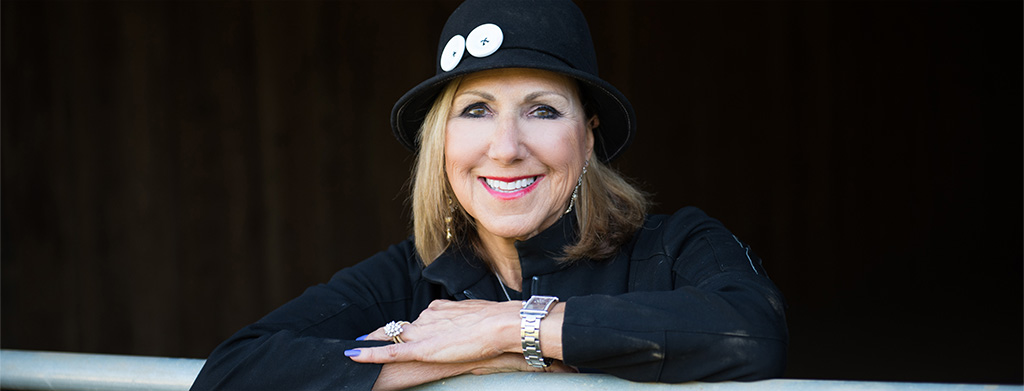Leslie’s Articles
You can’t sit in a boring meeting, in a boring boardroom, and expect to generate much beyong boring ideas! But we do that over coffee and boring bagels in almost every conference room and practice group all over America on any given day.
We belong to groups all our lives: in our company, Little League, PTA, religious and civic organizations. We often serve on multiple committees concurrently!
Yet when we consider the amount of time spent in meetings, we can see that making the most out of our time could be a valuable life skill. Improving our own meeting effectiveness is a win-win: we make our own time more productive and increase the effectiveness of the group. The effectiveness of all groups can be vastly increased when you increase the effectiveness of each individual.
People do not naturally want to work in groups. Before you operate differently within a group, you have to think differently: you first have to think about the way you think! Among professionals the word “creativity” can derail conversation in one second flat. It’s too touch-feely. It isn’t about results. The word innovation implies too dramatic a change, the kind of change that threatens to leave people behind.
In the year 2005 can we dare to think differently?
In First Among Equals, McKenna and Maister submit that professional groups lack one thing. What is needed, they contend, is an approach that will create a more inspiring system that provides for higher levels of shared enthusiasm, decision making, performance, participation, and morale.
Running an effective meeting and participating effectively is a skill few people have mastered. The irony is that in the real world, most ideas get hatched at meetings. The time spent in meetings will play a great part in developing the next generation of Generating X leaders. So let’s look at how we can begin to create an atmosphere that can give birth to more creative ideas.
Let’s begin with what you want to accomplish. You want to push people out of their Stupid Zone, a place of metal and physical normalcy – where answers are provided for them. Once they get out of this zone they can start to think differently, explore what they don’t know, and discover answers to problems.
The first key to running effective meetings is to understand that the formulation of a problem is often more essential than its solution. As you begin your journey to a different meeting style, you may take small steps or giant steps. Let’s first look at some small steps you can make to begin your expedition to meeting nirvana:
The crux of the five minute meeting: the crux of any meeting can be boiled down to five basic questions:
- What is the most interesting idea or subject in front of us?
- What are the most crucial issues facing us?
- What are the most pressing challenges you, as an individual face?
- What opportunities do these ideas, issues, and challenges present?
- What actions can we take now?
The Guide (note the word guide rather than leader, president, etc.) passes out blue slips, asks one question at a time, allows 45 seconds for response. The key to capturing an idea is to write it down. The problem with making mental notes is that the ink fades quickly!
Did you know that the average child asks 125 probing questions a day, the average adult asks 6. You want to create an environment where breakthrough ideas are actually allowed to break through. The crux of creativity is putting old ideas together in new ways, or giving common concepts a twist that make them uncommon.
You can’t come up with new ideas if you approach each problem in the same way. One way to lose your fear of looking foolish and to come up with great ideas is to offer the worst possible idea you can think of, and then build from it…WHAT IS THE WORST WAY TO SOLVE THIS PROBLEM?
Another small step you can take is to allow the members of your team to set the agenda. Each person puts up one item they want discussed, with his name by it and the time it will take. The team helps each participant be accountable to the timetable they committed to uphold.
Ready to get a little bolder?
Many experts offer that what is missing from many people’s work lives is any kind of personal recognition or appreciation.
In this exercise each participant stands in front of the group. One member selects a category such as trees, cars, music, or books. Each person on this team selects a kind of car for example, that best describes this person. For example the team members labeled Mike as a pick-up truck while Mike thought he was a Mercedes! Through this exercise each member can see the dichotomy between how they brand themselves and how others brand them.
You may also want to look at how you personally participate during meetings:
- Do you come on time?
- Do you stay on relevant topics?
- Do you volunteer to share your knowledge?
- Do you dominate?
- Do you solicit opinions and feedback from others?
- Do you take responsibility for helping the meeting go well?
Most of us are not trained to operate successfully in groups, and our inability to be effective is often frustrating and confusing. McKenna and Maister list the benefits one can expect to get working in an effective group as vast as shared resources to more money and more fun. For a group-professional or civic-to be effective, it is necessary for members to feel a part of it. The quicker the group members build relationships of trust and bonding, the quicker people can feel safe to express “out of the box” ideas.
Will your next meeting be a training session, an exercise, or an expedition?
You may not know where it will take you, but you know it looks different from where you are now.


